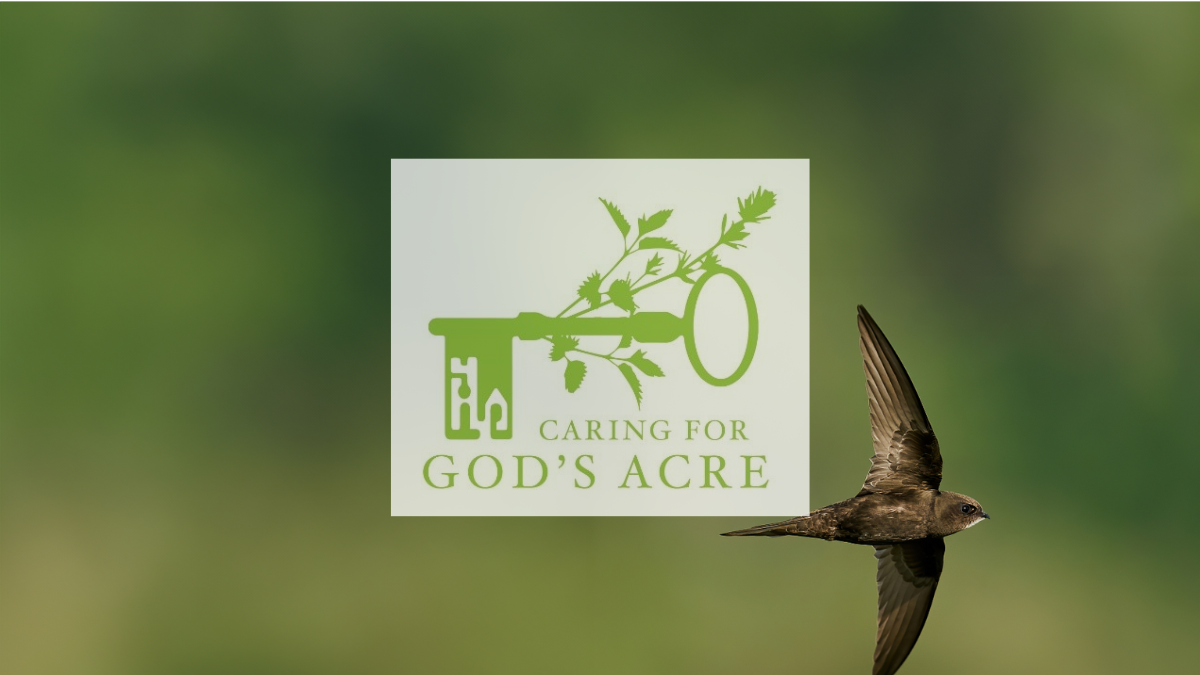
Goodbye to the Swifts
Swifts are one of our most enigmatic birds, and if you live in an area where they are still nesting then the last three or four months may have been characterised by their breathtaking aerodynamics and their shrill screams.
Cuckoos and swifts are the earliest of our migrants to leave the UK but whilst cuckoos do not rear their young, swifts do so quickly, starting to breed in May, feeding young until they fledge in July or August, at which time adults and young head south!
By August most are en route for the warm south stopping to refuel in southern Europe and they will travel about 7,000 miles to Equatorial or even Southern Africa. Swifts are fantastic fliers, living entirely on the wing apart from when nesting. Swifts feed on tiny flying insects and spiders, often going to great heights to find them and bringing back a ball or bolus of food in a throat pouch for their young. They have been known to fly high and fast, travelling up to 70 mph and soaring over the Himalayas in Ladakh when on migration. They eat, sleep, bathe and mate on the wing and cannot take off from the ground as their legs are small and set far back on their bodies. Instead, they launch from a high-up hole or ledge, swooping straight into flight. In nature they nest in holes in tall trees or cliffs and our buildings make a good alternative with churches and chapels particularly good for swifts as they are tall and have space around the building for the swift to launch in to. Swifts can nest on the top of the wall under the eaves or within the tower or spire, perhaps in a swift box behind the louvres of the tower windows or in a small hole or crevasse.
It is quite possible that swifts nest on your nearest church without anybody knowing, as unlike swallows and martins (with which they are often confused), they rarely visit their nests and leave no droppings below. Swifts will fly around screaming as the evening draws in and then quickly swoop into their nests in a split second and so sharp eyes and patience is required to spot them.
Swifts need our help, they have reduced in number by over 60% since 1995, in part due to improvements in our buildings, making them more weather-tight and better insulated. This good work can have the unfortunate effect of removing swift nesting sites so installing nest boxes is a great idea. If your church does not have swift boxes in the tower and you know that there are swifts in the area then perhaps you might try and arrange for a box to be installed over the autumn and winter, in time for next years epic migration. You’ll find information on swift boxes on the Caring for God’s Acre website and take a look at the website of Swift Conservation to learn more.
All the best,
Diocesan Churchyard Environmental Advisor
www.caringforgodsacre.org.uk - individuals and groups in the diocese receive 20% members discount on all CfGA materials. Use the discount code diomem22
